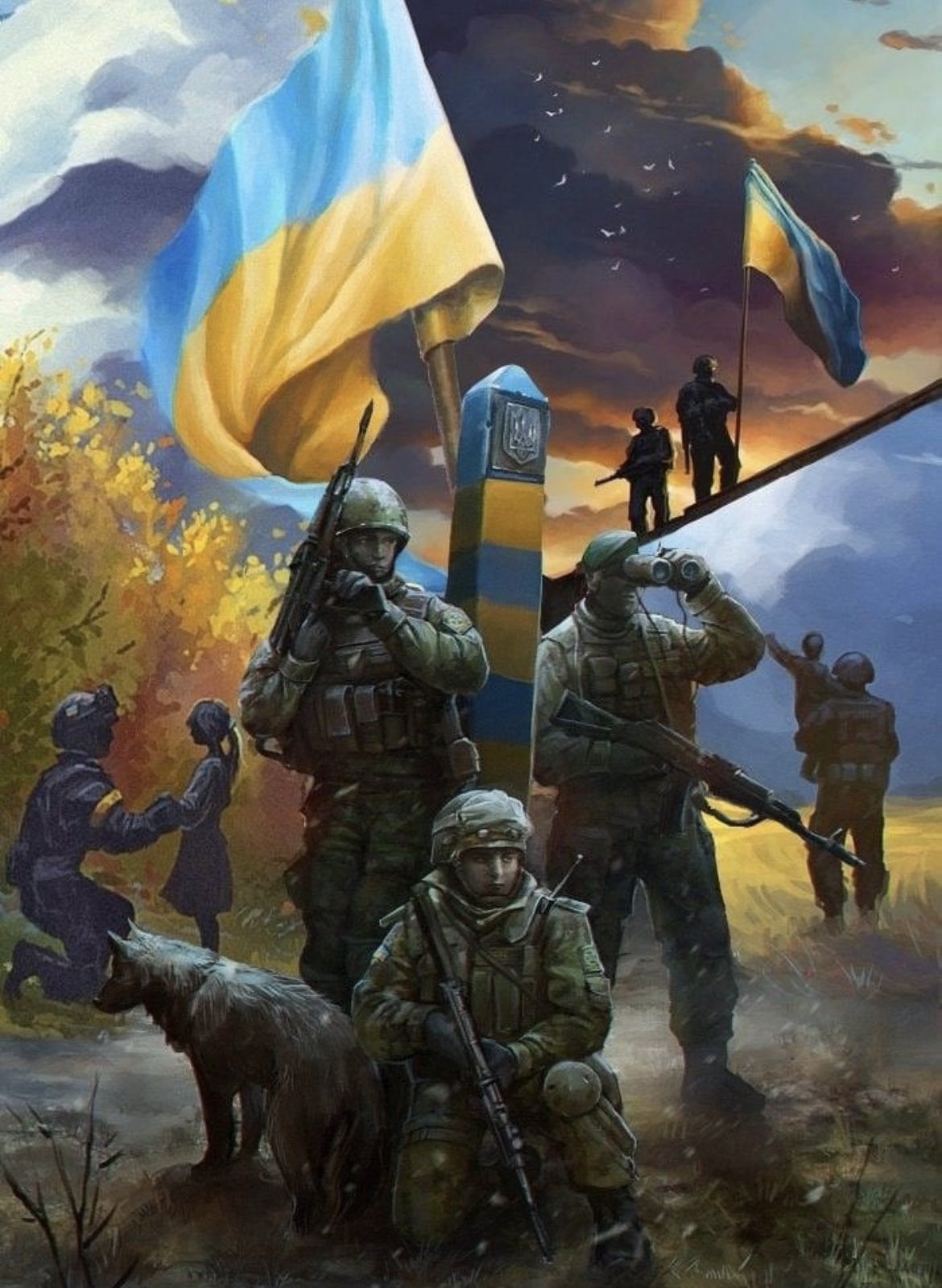
Just recently, about 10-15 years ago, we thought that in 2020 we would have flying machines and other high-tech devices. Now we think that this will only happen when Pigs Fly. But what if the future is much closer than we think?
Today, information is one of the most popular goods on the black market. Hacking communications on the Internet is a huge problem, which “fight” cybersecurity professionals.
Quantum information is stored in cubits, which can be in positions 1 and 0 simultaneously. That is, one quantum object can give two different data sets at the same time. And at the same time, any changes in this information can’t be made invisibly. Therefore, one of the main features of the quantum Internet is security.
At the end of this year, scientists from the Netherlands should finish the quantum Internet site. The idea of the team of scientists led by Stephanie Vener and Ronald Hanson is to apply the principles of quantum mechanics to create a completely secure communication network between Delft and the three other cities in the Netherlands – The Hague, Leiden, and Amsterdam. After successful testing, the network will expand to four cities. Such a network will be the first to use what is known as quantum entanglement.
Quantum entanglement is a phenomenon in which the two particles are so intertwined that one can understand the state of the other, no matter what distance separates them. This relationship violates the fundamental laws of classical physics, namely that information cannot move faster than the speed of light. Albert Einstein called this phenomenon “creepy range”. That is, the attempt of hacking breaks the entanglement and distorts the data.
It is known that the Netherlands is not the first country where they started working on a secure Internet: last year, the Chinese satellite “Mo-Zi” broke the quantum entanglement range record, transmitting information to 1200 km, and earlier this year helped to send encrypted data from China to Austria.
However, to build a functioning quantum data transmission system, the complexity must occur quickly and last long enough to be able to send information to the third node. The solution to this problem will replace the current Internet super-fast quantum data transmission, which also can not be intercepted.
Nevertheless, there is progress. In June this year, scientists achieved the entanglement of two electrons separated by several meters – but the information could be transmitted up to 40 times per second.


























































Залишити відповідь